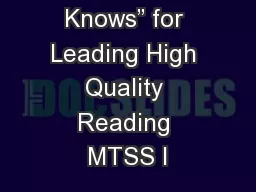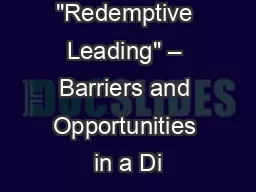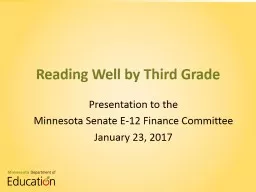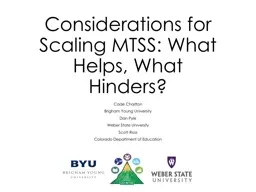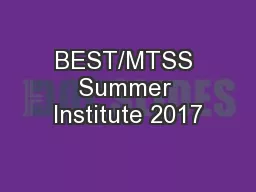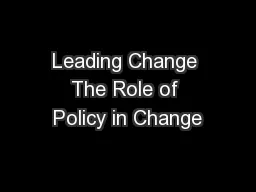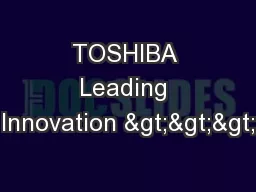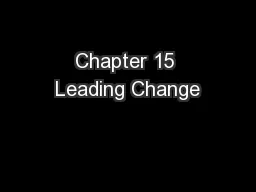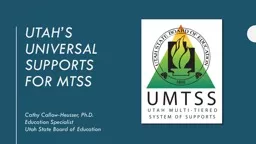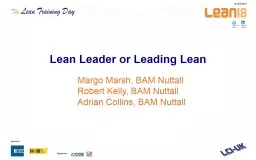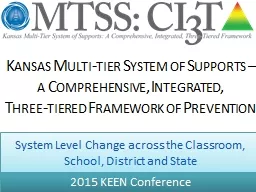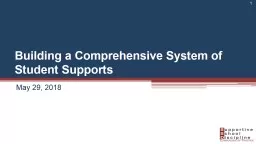PPT-“Need to Knows” for Leading High Quality Reading MTSS I
Author : calandra-battersby | Published Date : 2017-03-18
Kim St Martin October 22 2015 Agenda 10 Unpacking Leadership Its Effects amp the Who What and How 20 Reading Tiered Fidelity Inventory R TFI Overview 30 Using
Presentation Embed Code
Download Presentation
Download Presentation The PPT/PDF document "“Need to Knows” for Leading High Qua..." is the property of its rightful owner. Permission is granted to download and print the materials on this website for personal, non-commercial use only, and to display it on your personal computer provided you do not modify the materials and that you retain all copyright notices contained in the materials. By downloading content from our website, you accept the terms of this agreement.
“Need to Knows” for Leading High Quality Reading MTSS I: Transcript
Download Rules Of Document
"“Need to Knows” for Leading High Quality Reading MTSS I"The content belongs to its owner. You may download and print it for personal use, without modification, and keep all copyright notices. By downloading, you agree to these terms.
Related Documents

